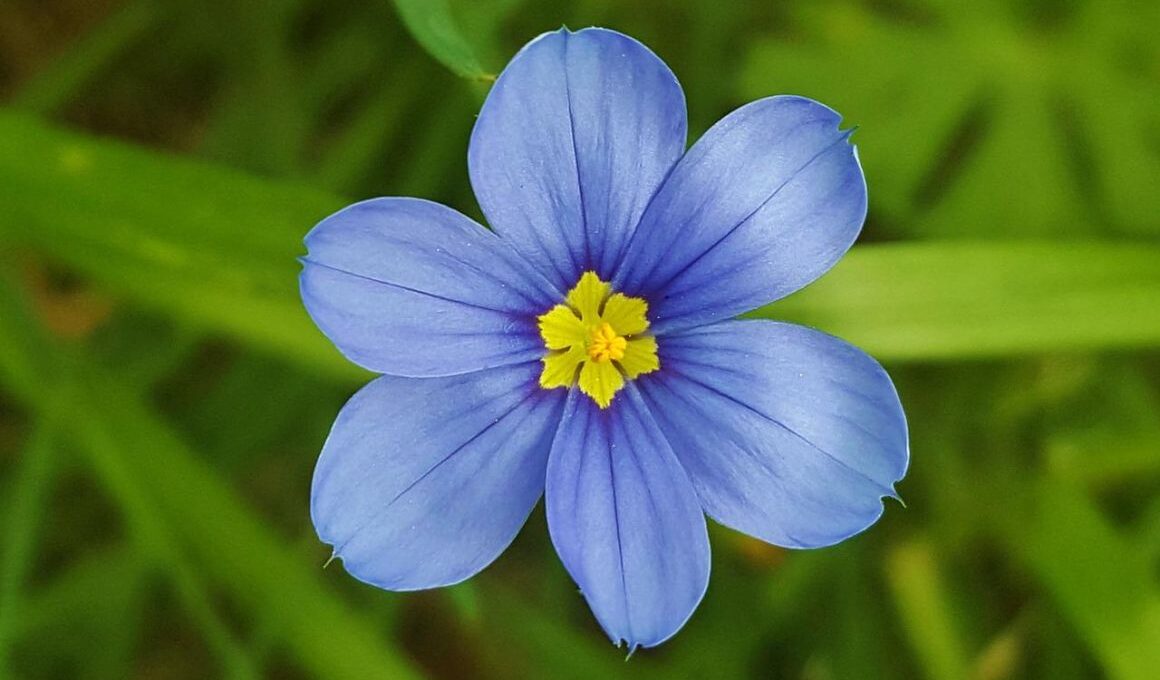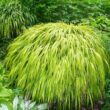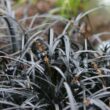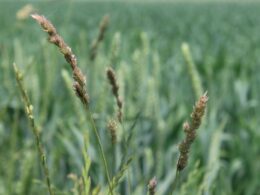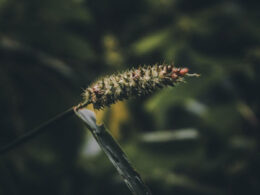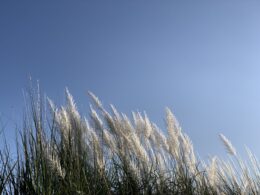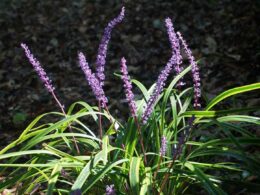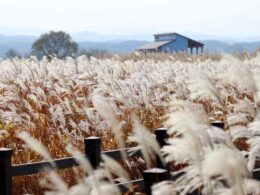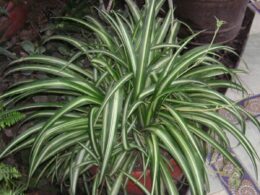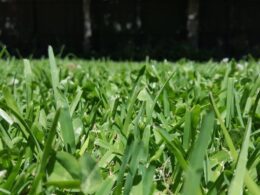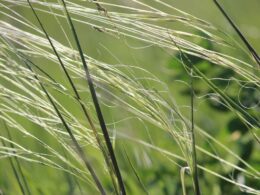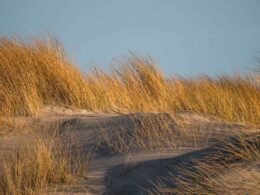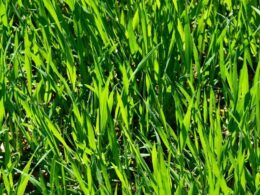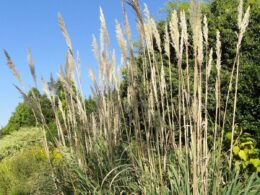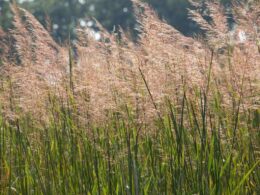What Is Blue-Eyed Grass?
Blue Eyed Grass is a common name for a small, grass-like perennial that grows in clumps and is often confused with Iris. The name Blue Eyed Grass comes from the vivid blue flowers that are found on each stem. These flowers resemble an Iris, however they only have 6 petals.
Sisyrinchium Appearance
Sisyrinchium species are annuals or small, herbaceous perennials. They have short rhizomes below the surface and short stolons above the surface. The leaves are long and narrow, green, with a sharp point on the end and parallel veins, that are similar to grass. The flower consists of six tepals (three petals and three sepals that look similar). Tepals are pale blue to purple. The flowers usually open in the morning, sometimes do not fully open, and close in the afternoon. They are most often blue or violet, but occasionally white; they are sometimes confused with species of Iris.
When Does Blue Eyed Grass Bloom?
The flowers appear from late spring through summer on short stems rising above the foliage. Each flower is about an inch across and has six petals that open to a star shape with a yellow center. These flowers bloom for about 2 months in the spring and early summer and then go dormant for the rest of the summer.
Blue Eyed Grass Habitat and Distribution
The flowers grow well in dry meadows and fields, as well as along roadsides and trails. The plant grows best in full sun or partial shade on sandy soils with medium moisture levels. It thrives in USDA zones 5 through 8. Blue-eyed grass is found in open to partially shaded areas, along woodland edges and in meadows from spring through summer. It prefers dry soil, but also grows well in wetter habitats such as marshes or swamps. Blue-eyed grass is considered endemic and native plant of central Colorado and Wyoming.
Types of Blue Eyed Grass
Sisyrinchium bellum, or blue-eyed grass is one of the main types of Sisyrinchium. Some varieties, such as the S. bellum are native to North America (common in California), while others, such as the S. angustifolium, are common in Eastern Canada.
Propagating Blue Eyed Grass
Blue Eyed Grass grows best from seed, which should be sown in the late fall after the first frost in cooler temperature reaching about 60F. However, you can also propagate the plants in early spring by dividing established plants. Simply dig up an existing plant, pull it apart by hand, and replant each section.
Blue Eyed Grass Care
Blue-eyed grass is a low-maintenance, tough little plant that makes a good addition to any container or garden. It can stand alone, or be used as an edging plant. It’s beautiful in rock gardens and wildflower meadows.
Water
Blue-Eyed Grass is native to North America, so it’s easy to grow as long as you give it well-drained, moist soil. It’s not picky about soil type as long as it doesn’t stay soggy after a rainstorm. Like other members of the iris family, Blue Eyed Grass is susceptible to rot if it sits in water too long, which can kill the plant.
Light
One of the most appealing aspects of blue-eyed grass is its ability to grow in low light situations. It spreads easily and can be used as a ground cover under trees, in light shade, and open shade.
Soil
Blue eyed grass does best in soils that are moist but well drained. Too much moisture can rot the roots, especially during winter. It is suitable for planting along streams or ponds where soil is moist but well drained. The pH of the soil should be 5.00 to 7.00 and should not be very rich.
Fertilizing
Most gardeners do not need to fertilize their blue eyed grass since they tend to thrive on their own without human intervention.
Common Problems With Blue Eyes Grass
Their beautiful blue flowers make them a popular choice for landscaping and edging. However, the blue eyed grass can be susceptible to diseases and pests if not cared for properly. The most common problems seen with blue eyed grass are rust disease or root rot.
Rust Disease
Rust disease is caused by a fungus that infects the plant’s leaves. It begins as small yellow spots on the leaves of the plant and will eventually turn into larger red or brown spots with a yellow halo around them. This fungus will affect both the grass and its flowers.
Root Rot
Potential problems with blue eyed grass include root rot, which may be caused by overwatering or too much mulch. If you notice the leaves of your blue eyed grass turning yellow or brown, stop watering so much.





